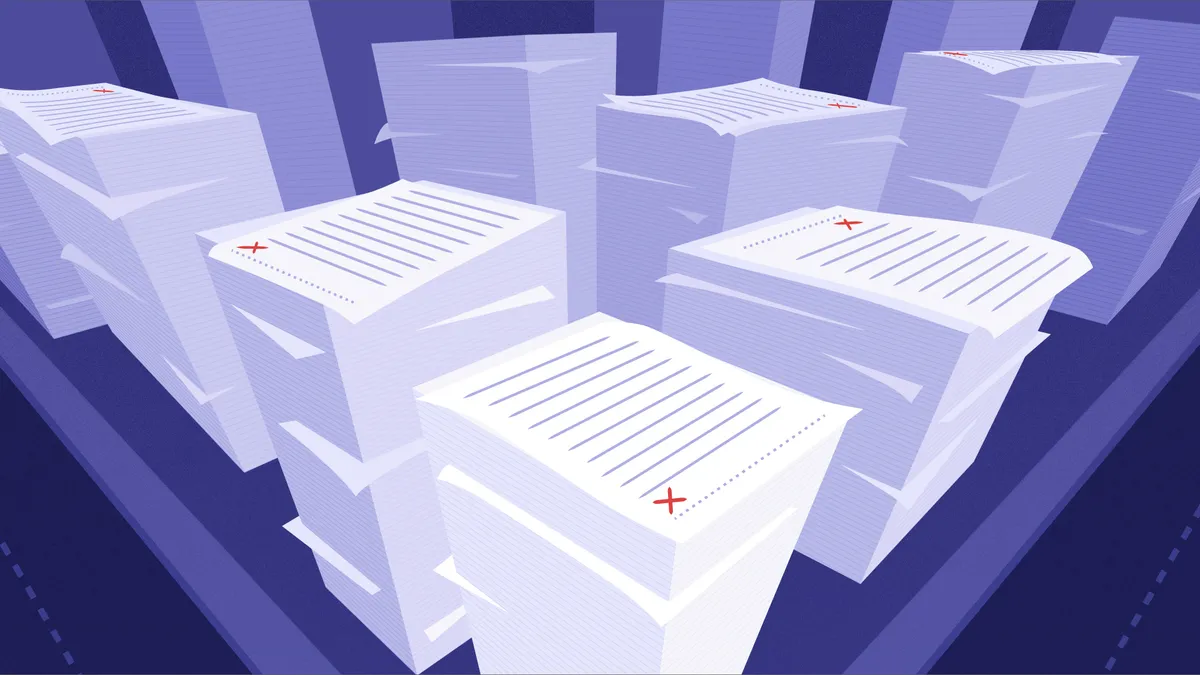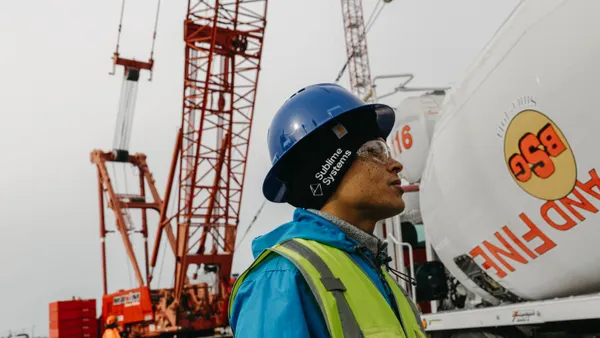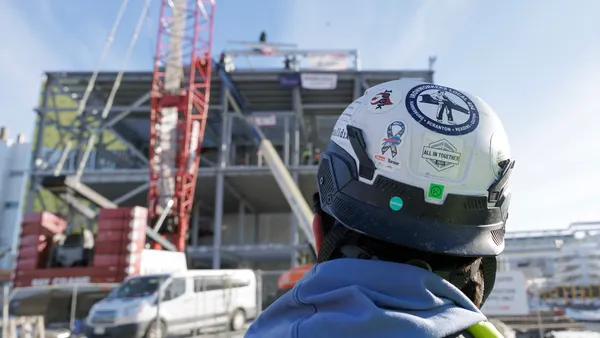With the rise of artificial intelligence (AI) capabilities, construction leaders may be tempted to join the fray. However, if they fail to conduct sufficient due diligence, their AI investments may not deliver the results they expect.
Many companies expect AI tools to automate their most complex tasks immediately, such as cost estimating, says Eide Bailly principal and technology consultant Jon Ault. Instead, AI adoption requires meticulous planning, change management and extensive data preparation.
Before construction leaders even begin researching AI vendors, they need to develop a strategy that considers business objectives, workflows and existing technology stack. Here’s where to start:
1. Establish a firm foundation
No two construction companies are alike. Every business differs in expertise, markets, short-term goals and long-term plans. “Uncovering a company’s unique requirements will inform the process of identifying potential software options that will serve them well,” Ault says. This includes looking across the entire enterprise and asking, “What are we trying to do?” and “Who do we want to become?”
2. Conduct a needs assessment
Leaders should also identify what they want to change about their operations and why that might require AI. With the number of construction tools available today, Nick Mortensen, Eide Bailly’s principal over development and integrations, sees “a lot of solutions in search of a problem, rather than the other way around.”
“Technology is an amplifier,” he continues. “If you apply it to a bad process, you’re going to amplify the bad effects of that process. If you apply it to a good business case or plan, then you can amplify your business.”
Improvement areas may include administrative processes and understaffed or overstaffed departments. Mortensen advises soliciting input from three key stakeholder groups: boots-on-the-ground personnel who understand current workflows, managers who track performance metrics and executives. With these parties involved, companies can initiate a change management process that has buy-in from all personnel.
3. Evaluate current tech investments
A company’s technology stack should be scalable, portable and interoperable. Connectivity is essential for pulling the data necessary to train AI models. However, legacy and niche software programs are notorious for siloing and restricting access to data. “The older systems that back offices often use don’t have the connectivity to allow for it,” Mortensen says.
4. Determine technological debt
Construction software often combines the capabilities of multiple-point solutions. Still, different departments within a company may use different solutions to complete similar tasks. “The number of subscriptions and software licenses that companies pay for is shockingly high,” Mortensen says.
Usage and maintenance costs can quickly compound if companies merge or are acquired, with different tech stacks piling atop each other. Shadow IT staff — personnel who have an expense budget and directly download applications they prefer — only worsen the problem, Ault says.
An IT steering committee or task force can help inventory a company’s software expenses. “First, understand what people actually use in their day-to-day work,” Mortensen says. “Then compare it with what your company has signed up for. You will be able to weed out underutilized and forgotten products, which will provide a starting point for evaluating what to get rid of.”
5. Simplify your tech stack
When culling tools that do not provide proportional value, construction leaders should aim for a tech stack that aligns with their business goals and affects their top or bottom line, Ault says. He also suggests checking which capabilities your software vendors already offer.
“With the state of the market, those vendors can typically help their customers get more out of their virtual design and construction staff,” he says. “If you can get 10% or 20% more productivity out of every estimator or drafter now, that’s a huge deal.”
For organizations without dedicated staff to monitor the ever-changing developments in AI technology, a consultant can guide them through the critical prework steps outlined above. Though the prework may seem onerous, it will help construction companies gain solid ground toward their big dreams for AI applications.
About Eide Bailly
At Eide Bailly, we believe every business has untapped potential. We don't just help our clients work toward fulfilling a short-term goal. Our mission is to help you optimize performance, safeguard what you’ve built, and plan for future growth — so your business is stronger today and even stronger tomorrow. From finance and operations to technology, we help you realize the power of your potential. And we do that by aligning our strengths with your ambitions to move you forward.
Learn more about how Eide Bailly’s team of experienced professionals can help your business prepare to modernize its tech stack.










